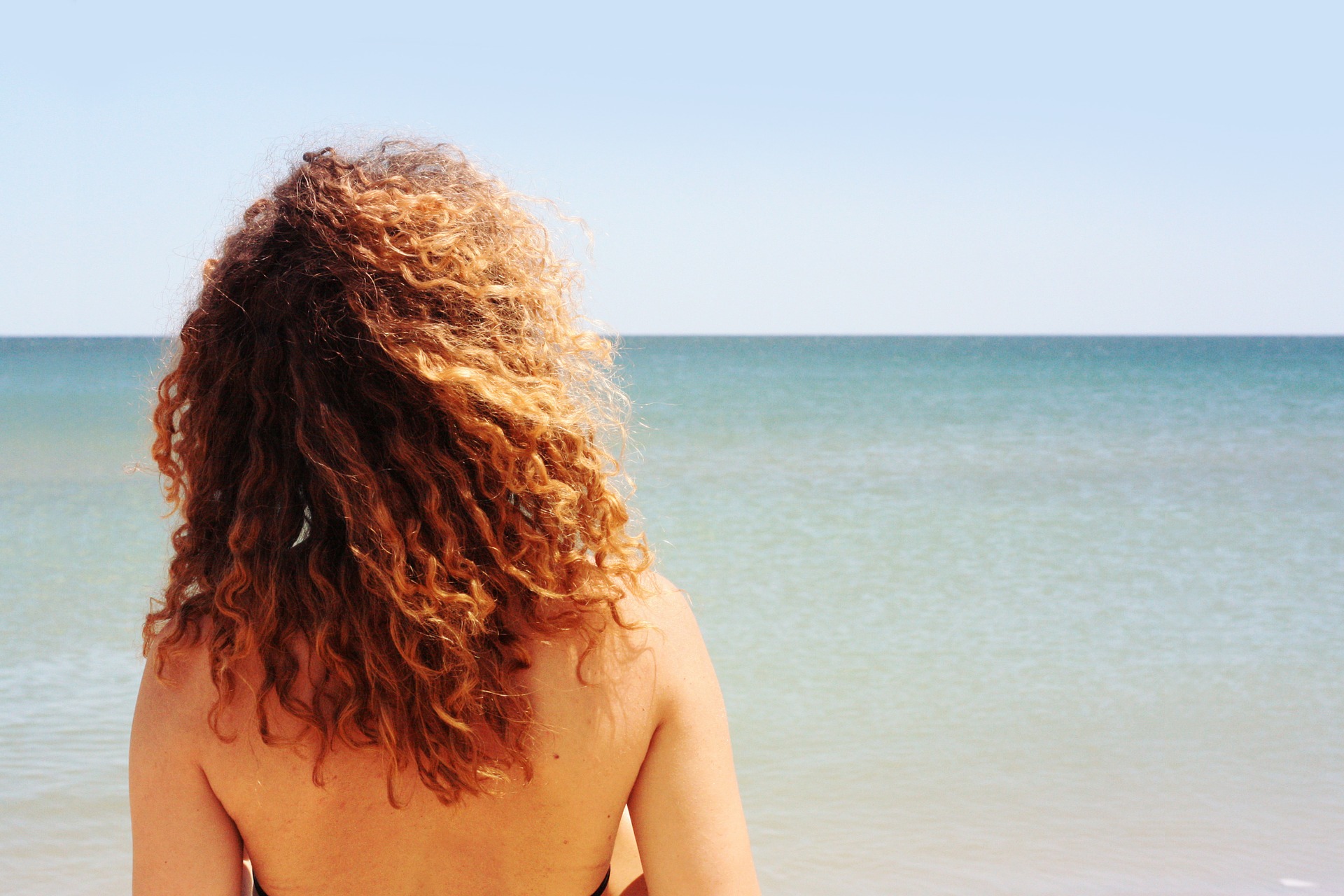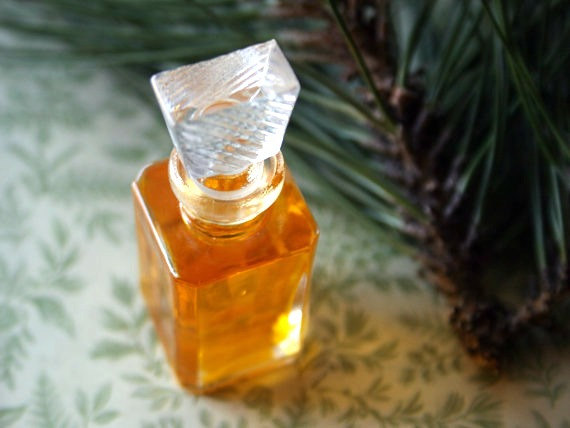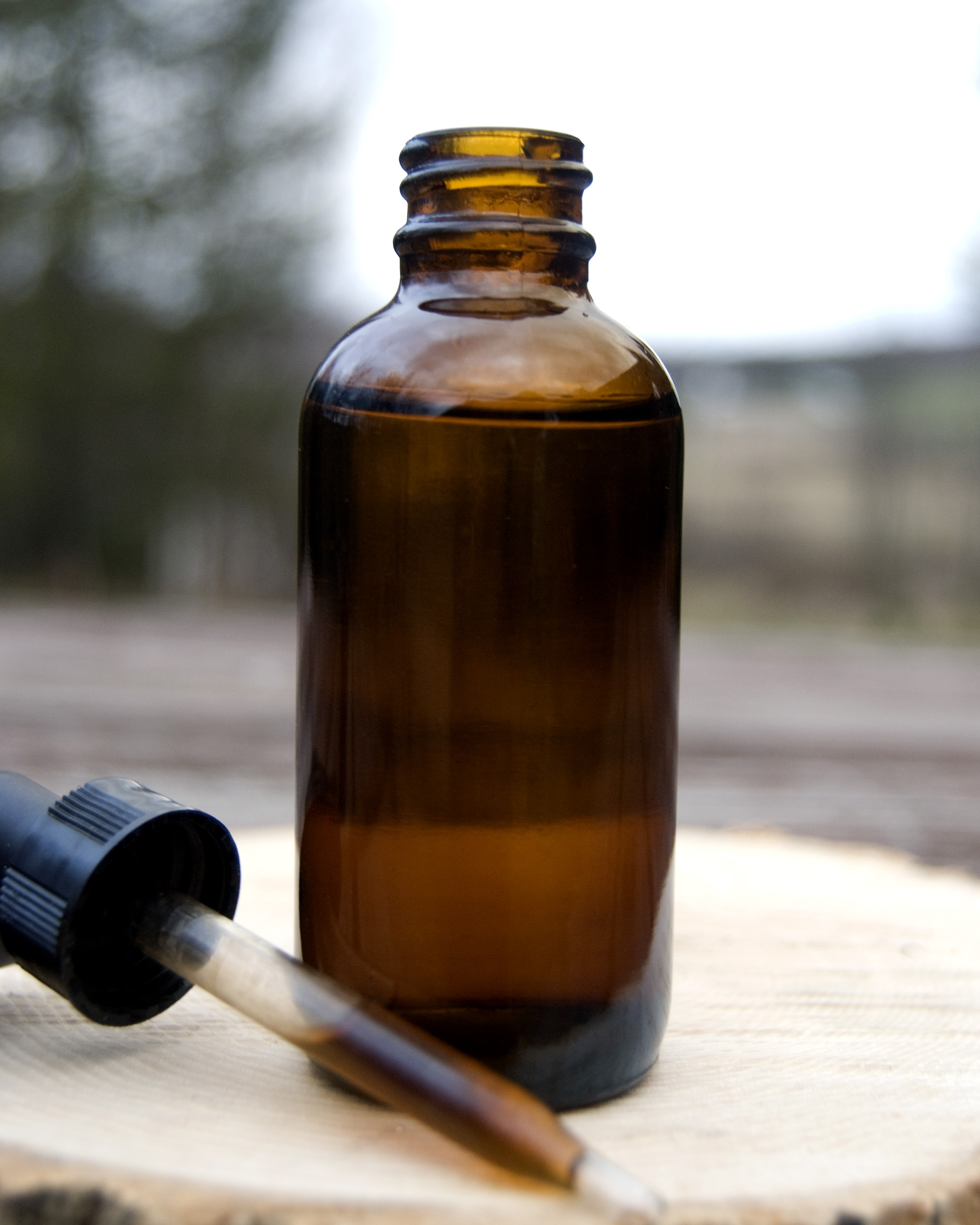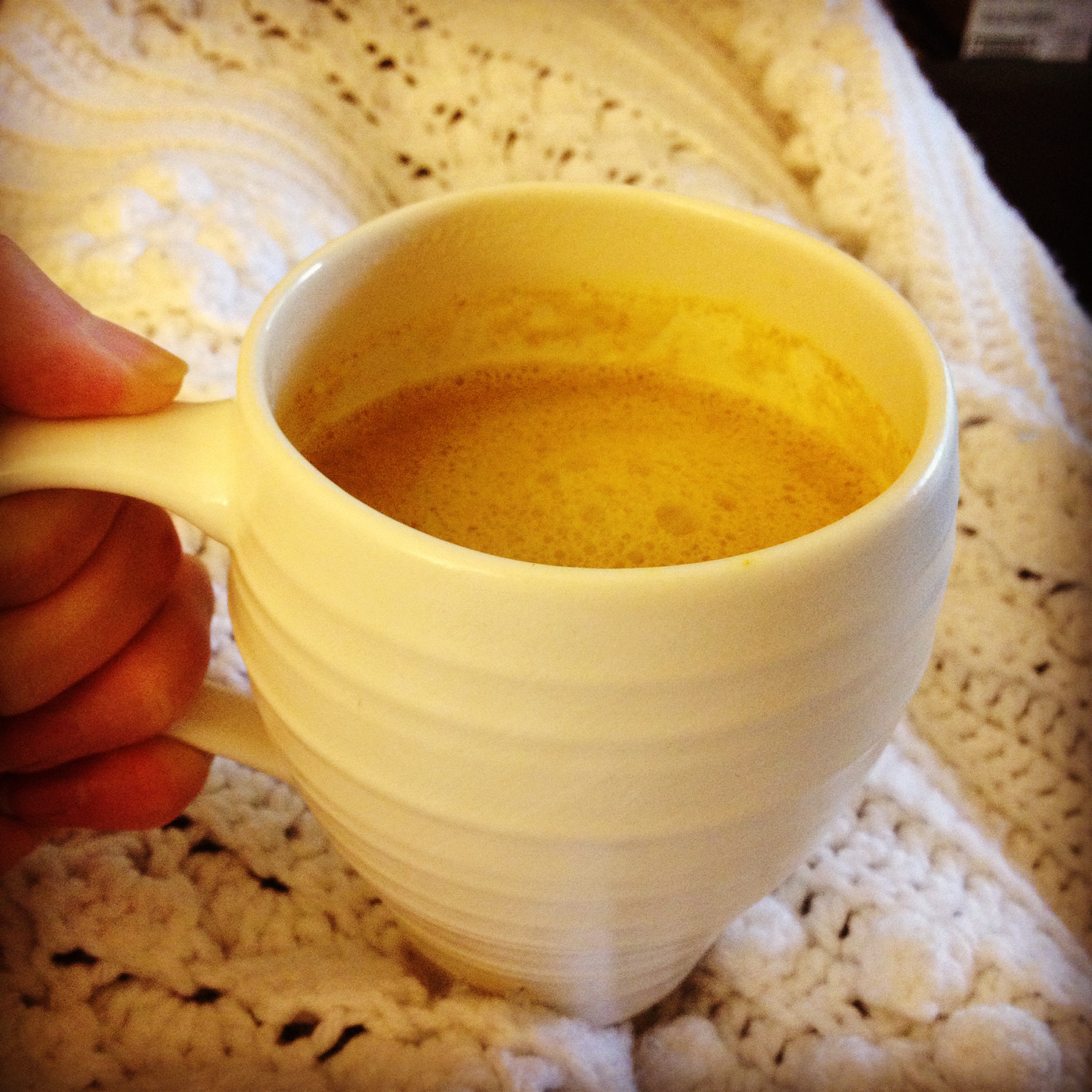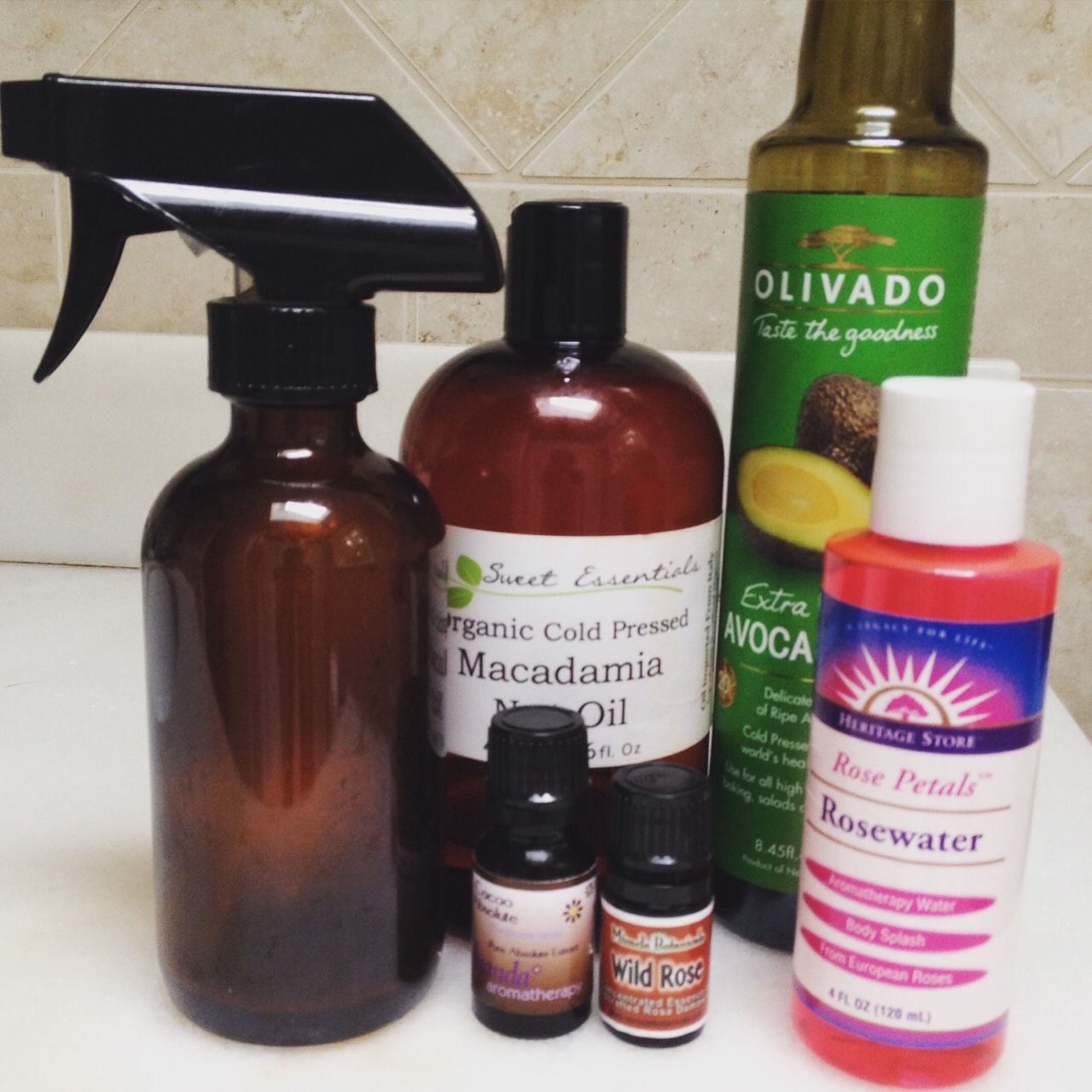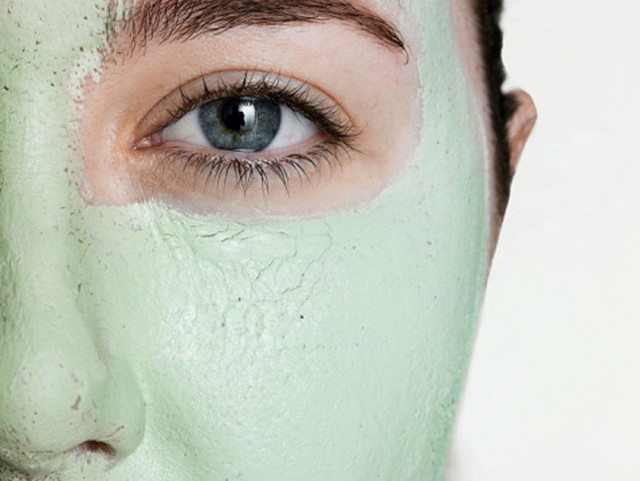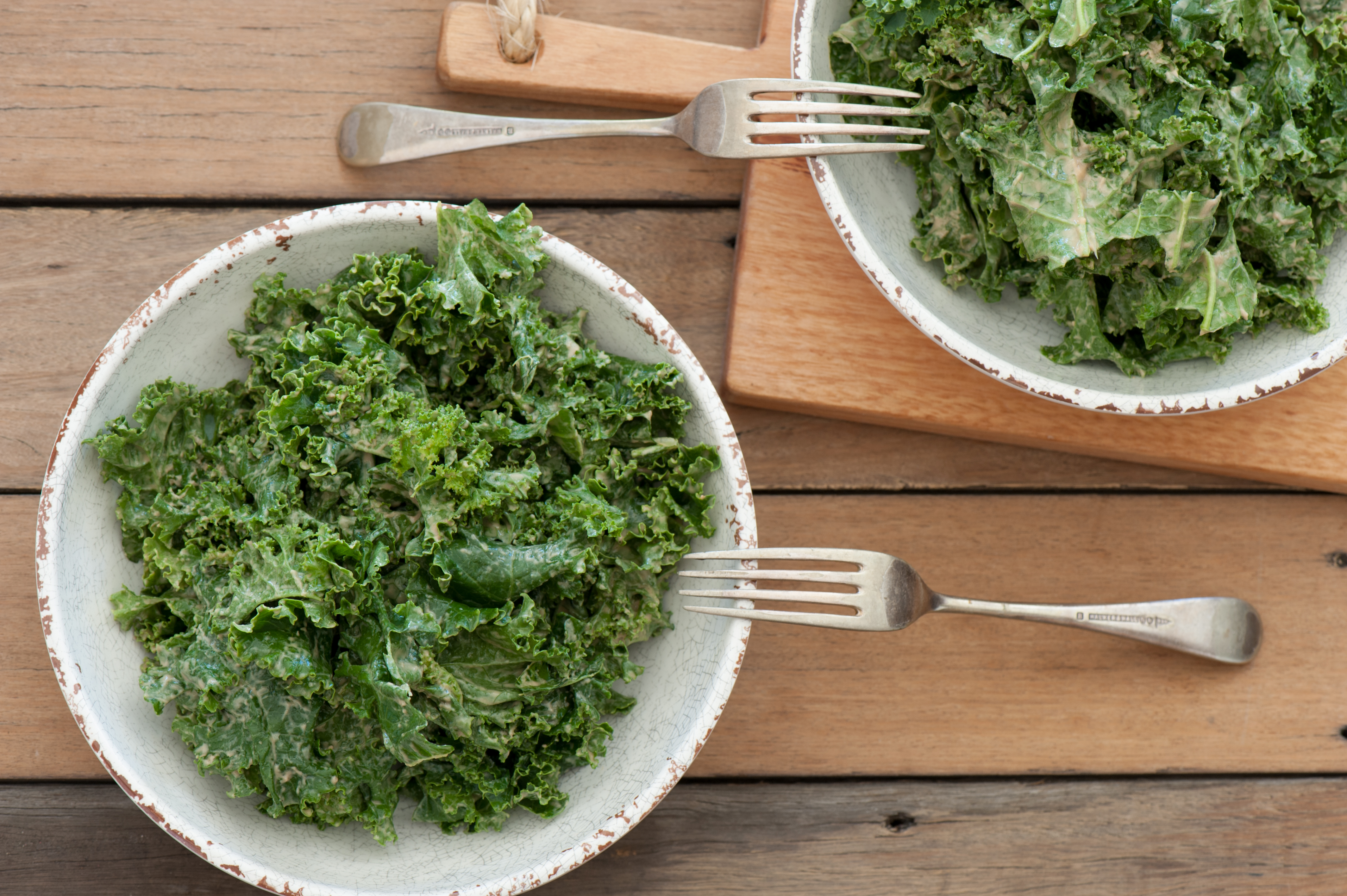
“Marinated Kale Salad-2” by Jules is licensed under CC BY 2.0
Hippocrates once said, “All disease begins in the gut.”
Many people have a problem with Candida due to poor diet and lifestyle. You could argue that the majority of Americans have a problem with candida, and it’s important to understand the relevant health issues as well as how to properly address it.
Candida is yeast and bacteria that live in our gut. It is what we consider the “bad bacteria.” We also have “good bacteria” in our gut, which promotes a good immune system and healthy digestion. When we have higher amounts of candida than we have good bacteria – a candida overgrowth – it can cause serious health issues.
Some common health problems associated with candida overgrowth are:
- Autoimmune disease
- Asthma and allergies
- Chronic fatigue
- Brain fog
- Depression and Anxiety
- Skin rashes and acne
- Digestive disorders (Crohn’s, IBS, etc)
- Yeast infections
- Hormonal imbalances
These are just to name a few…
How does someone develop candida overgrowth?
Candida feeds off of sugar and yeast. Eating foods high in refined sugars, high in carbs, and processed foods all contribute to candida overgrowth. Not eating enough foods that contain good bacteria also contributes to the problem. Taking antibiotics, birth control pills, and steroids all create an imbalance of bacteria in the gut.
How can I tell if I have a candida problem?
If you’ve eaten a conventional American diet throughout your life, you likely have a problem with candida. However, there are a couple of other clear indicators. If you have a white film on your tongue in the morning, this is often an indicator of candida overgrowth. Nail fungus can also be a sign of candida. You can conduct a “spit test.” Fill half of a glass with room temperature water. First thing in the morning, spit a dime-size amount of saliva into the glass. It should float at the top. Check it several minutes later. If the spit sinks, starts to form strings hanging from it, or you see a cloudy residue at the bottom, it indicates candida.
How do I get rid of candida overgrowth?
Doing a candida cleanse can help kill off the bad bacteria and help rebuild healthy bacteria in your gut.
There are two steps to a candida cleanse:
- Kill off the candida
- Add good bacteria
Killing off the candida:
- Eliminate foods that feed the candida:
- Eliminate anything with sugar. No artificial sweeteners either.
- Avoid natural sweeteners (maple syrup, honey, coconut sugar, agave). Stevia is ok.
- Eliminate foods with yeast (bread, crackers, pasta, etc).
- Avoid fruit (berries other than strawberries and apples are ok in small amounts).
- Avoid starchy vegetables (potatoes, sweet potatoes, pumpkin, other root vegetables, etc).
- No alcohol.
- Avoid dairy.
- No processed food.
- Take supplements that kill bacteria, yeast, and fungus at breakfast and lunch (garlic, oregano oil, grapefruit seed extract, olive leaf extract). Candida can become immune to a supplement, so it is best to take one for 4-5 days and then switch to a different one. You can rotate with a couple different supplements.
Adding healthy bacteria:
- Eat plenty of fermented, cultured foods that contain natural probiotics (kefir, sauerkraut, kombucha, fermented vegetables).
- Drink apple cider vinegar (I drink it as a “shot” – a tablespoon of vinegar in a shot glass then diluted with water).
- Add unrefined coconut oil to tea or smoothies (it has anti-fungal properties).
- Gluten-free grains in small amounts may be alright (brown rice, quinoa, oats). Listen to your body.
- Eat lots of cooked vegetables (especially dark green veggies). Cooked veggies are easier to digest.
- Eat lots of protein (chicken, turkey, fish, grass-fed beef, eggs, etc). Make sure they are free of antibiotics and hormones.
- Take a probiotic with your dinner (raw, refrigerated is best).
- Take an L-Glutamine supplement to help heal the lining of your intestines.
- Get plenty of fiber to help clean out your colon. Eat ground flaxseed, ground chia seeds, or make chia pudding.
Follow this diet and supplement routine for at least two weeks. You may need to go longer if your candida overgrowth is particularly bad. You can slowly start to introduce starchy vegetables and fruits into your diet, and gradually cut back on the antibacterial/anti-fungal supplements. Keep sugar, high-carb, and processed foods out of your diet altogether to prevent candida regrowth. Make eating probiotic foods and drinks a part of your regular diet as well.
Die-off:
It is common to experience “die-off” symptoms while doing a cleanse, because of all the toxins flushing from your body. You may feel tired, have a skin breakout, headache, or need to use the bathroom more frequently. However, if you are someone who has not been eating very healthy, I recommend changing your diet to more whole foods 2-4 weeks prior to starting the cleanse. The good news is that the die-off symptom are temporary and usually last 3-5 days. You will then start to feel much better as your body regains balance.
The first time I did a candida cleanse was about seven years ago. It was a rough experience. Looking back, I did not approach the cleanse properly. I went from eating a high-processed, high-sugar diet to – wham! – complete candida cleanse. I think it was too much for my body to handle all at once. I broke out in acne all over my face and felt really sick. I had intense sugar cravings, and really struggled to stick to the diet. After having made some healthy lifestyle changes over the past several years, I have found the cleanse to be much more doable, and the die-off symptoms are more minor. It’s a good idea to do a cleanse once or twice per year, even if it is only for a week to keep candida at bay.

